Rosegate Series
The Rosegate Series is a composite
of the previously defined Rose Spring and Eastgate point types (Thomas 1981:19).
The Rose Spring type was defined by Lanning (1963:252) and the Eastgate type defined
by Heizer and Baumhoff (1961). Rose Spring was defined as having three variants:
side-notched, corner-notched and contracting stem. The Eastgate series was held
to have two variants: expanding stem and split-stem. Hester and Heizer (1973:32)
suggested that the Rose Spring and Eastgate forms were a single series with subtle
morphological differences. Thomas combined these point types into a series because
of morphological similarity and lack of demonstrable area of separation.
Rosegate
series points are small corner-notched triangular forms with expanding
stems.
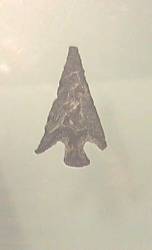
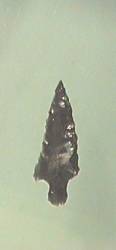
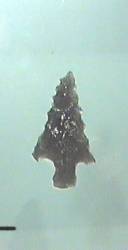
Rose
Spring Corner-notched points have squared shoulders and narrow, slightly
contracting stems.

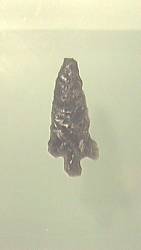

Eastgate
Expanding Stem points have barbed shoulders extending down to the
straight basal margin of markedly expanding stems.
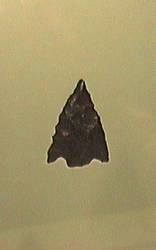

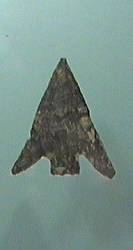
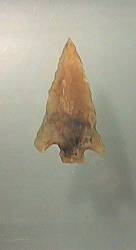
Eastgate
Split-stem points have barbed shoulders and expanding stems with
markedly concave or notched basal margins.
Type Sites: Iny-372 (Lanning
1963) and Wagon Jack Shelter (Heizer and Baumboff 1961).
Temporal Distribution: c.
1200-600 B. P.; Late Archaic.












